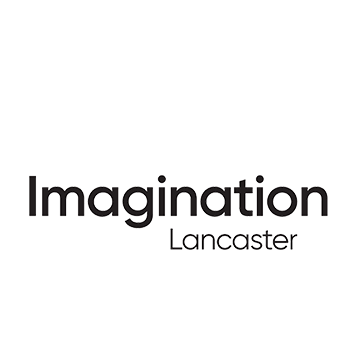Gaming and The Future City
Gaming technology has been used in 3D planning models and what is called City Information Models (CIMs), and Urban Digital Twins (UDTs). Urban digital twins are virtual replica systems of an environment that are connected to real-world sensors such as traffic or air quality to enhance public participation and engagement in the planning process and generate future scenarios.
But, say the researchers, while this is a good step forward, the use of gaming technology for real-world applications is ‘one-directional and misses opportunities’ to include game design and research, such as mechanics, dynamics, flow, and public participatory’ world-building’ for future scenarios.
They believe the technology can be used for higher levels of ‘citizen engagement’ by making the process more enjoyable. The method, they add, is cost-effective and can be rolled out across the UK by any local authority.
They have already conducted gaming workshops ‘playtesting’ alongside Lancaster City Council with 140 children to ‘play’ and plan Lancaster in the UK, in an area to be developed along with Lancashire County Council and national house builder Homes England, previously earmarked for development as a new garden village for 5,000 homes.
Funded by Digital Planning, PropTech R4, Ministry of Housing, Communities and Local Government.
